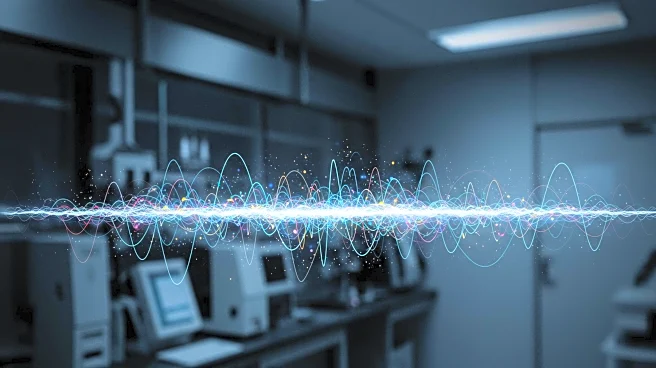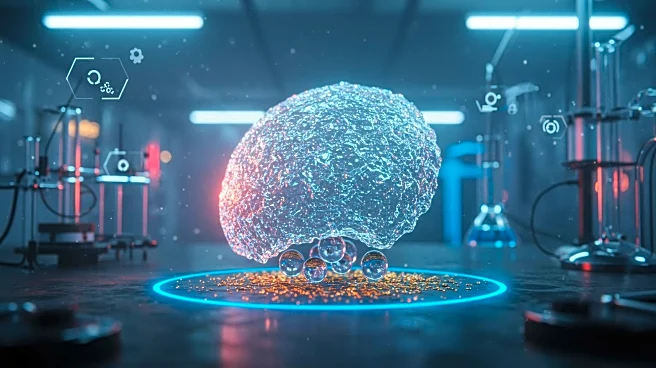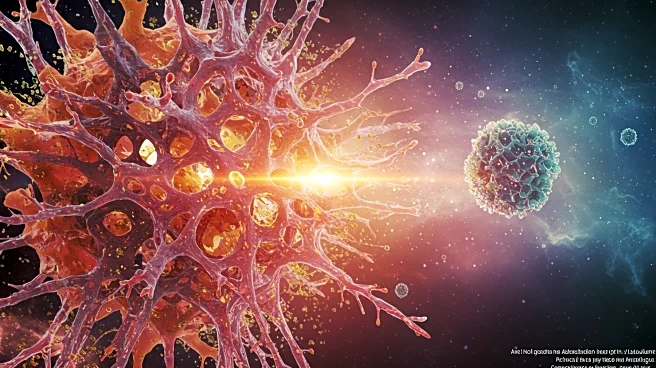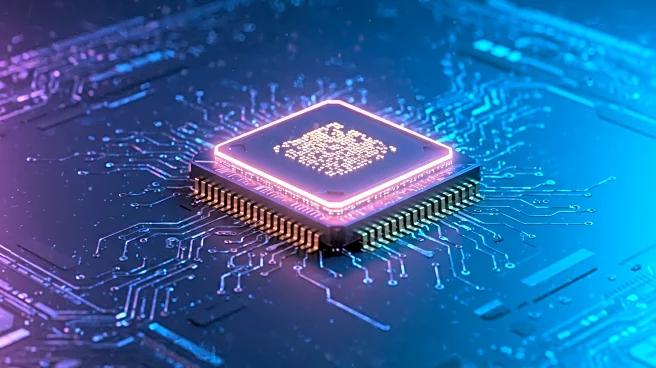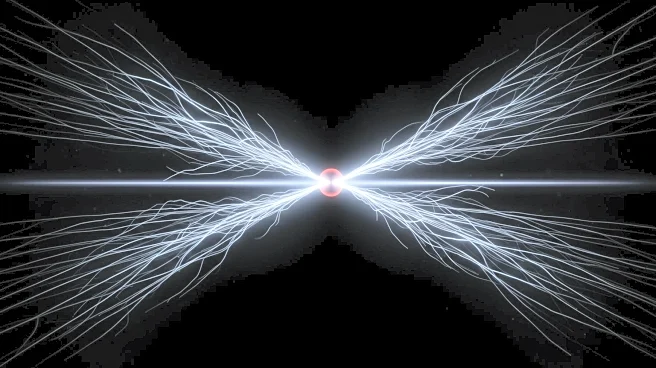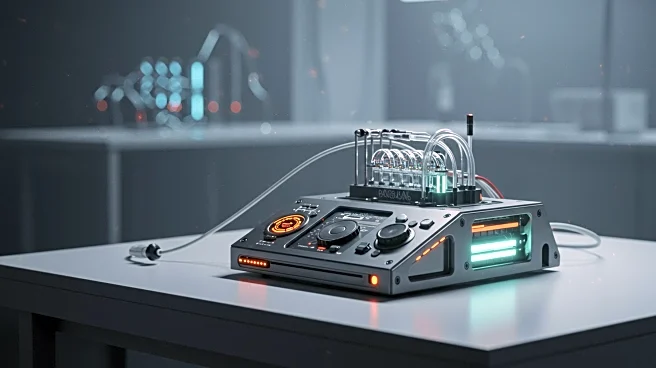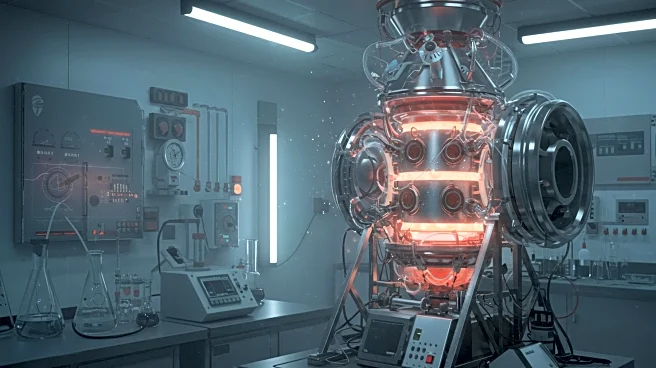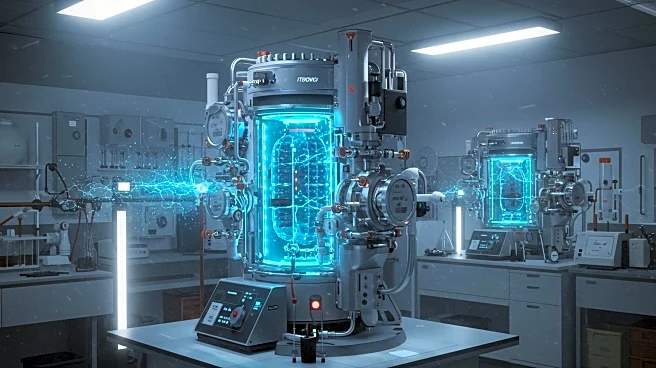Rapid Read • 6 min read
Researchers have developed a new pulse sequence design for high field nuclear magnetic resonance (NMR) using nitrogen-vacancy (NV) centers in dipolarly coupled samples. This design, known as the LG4 sequence, improves the decoupling of nuclear spins from dipole-dipole interactions, leading to narrower spectral lines and enhanced signal detection. The LG4 sequence involves a series of off-resonant radio frequency (RF) drivings that rotate nuclear spins along different axes, minimizing the effects of dipole interactions and improving the robustness against RF control errors.
AD
This advancement in NMR technology could significantly enhance the sensitivity and accuracy of magnetic resonance imaging (MRI) and other applications that rely on detecting nuclear spin dynamics. By reducing the interference from dipole-dipole interactions, the LG4 sequence allows for clearer and more precise measurements, which could benefit fields such as medical diagnostics, materials science, and quantum computing. The ability to detect weaker signals with higher precision could lead to breakthroughs in understanding complex biological systems and developing new materials.
The research team plans to further refine the LG4 sequence and explore its applications in various fields. They aim to integrate this technology into existing NMR and MRI systems, potentially revolutionizing the way these technologies are used in research and industry. Collaboration with other scientific institutions and industries could accelerate the adoption of this new pulse sequence design.
AD
More Stories You Might Enjoy



